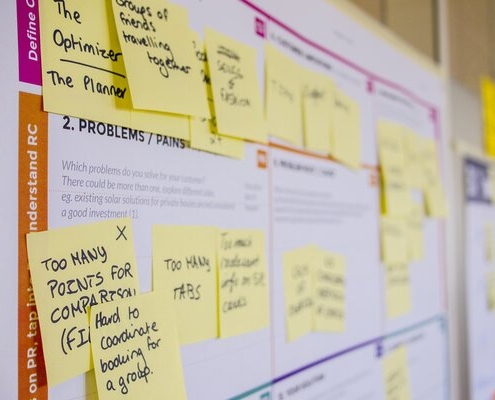How to Recover From a Mistake
Even the most experienced project manager will occasionally make a mistake – a flaw in the project plan, misinterpreting business directions, or overlooking an issue or risk. Here are a few tips on how to recover when you make a mistake in a project:
- Take ownership. The quicker you take ownership of what happened, the sooner you can work on fixing the problem. You want your team to focus on solving the problem, not blaming one another for what happened.
- Fully understand the issue or mistake. You need to understand the problem before you can make adjustments to the project. Interview key clients and team members to understand the issue. Then, analyze the facts and assumptions used to make project decisions. For example, confirm that information presented as fact is actually fact. Verify that the initial assumptions used to move forward with the project are still valid. If you discover invalidated assumptions, determine what needs to be confirmed before making those assumptions in future projects. After you collect this information, present the full story of the issue and corrective actions to management.
- Craft response alternatives. The best project managers quickly develop possible response for addressing project issues. If appropriate, present these alternatives to management so they can decide which one to choose – and you can act quickly. If you won’t have responses identified before you discuss the mistake with management, tell them how you will design your responses and when you will present them for consideration.
- Update your risk management plan. When a mistake is made, you want to reduce the chance of the mistake being repeated. Add information about the mistake and how you handled it to your risk plan and register for your project — and update any other data sources project managers consult for project guidance. If a risk response was inadequate or inappropriate, update the documentation and review the situation with team members involved in drafting or confirming the risk response. Learning is the best way to prevent future mistakes, which brings me to my last tip…
- Turn the event into a learning moment. When an error is made, it can be tempting to lash out. Focus on what leadership expert John C. Maxwell calls “failing forward.” Educate your stakeholders to make them better project advocates. By turning a mistake into a learning moment, you can increase the capability of your organization.
If you have other suggestions for recovering from a mistake, please add them in the comment section.
For more about risk management, check out Bob McGannon’s Project Management Foundations: Risk course.










